Restoration Tips for Vintage Upholstery
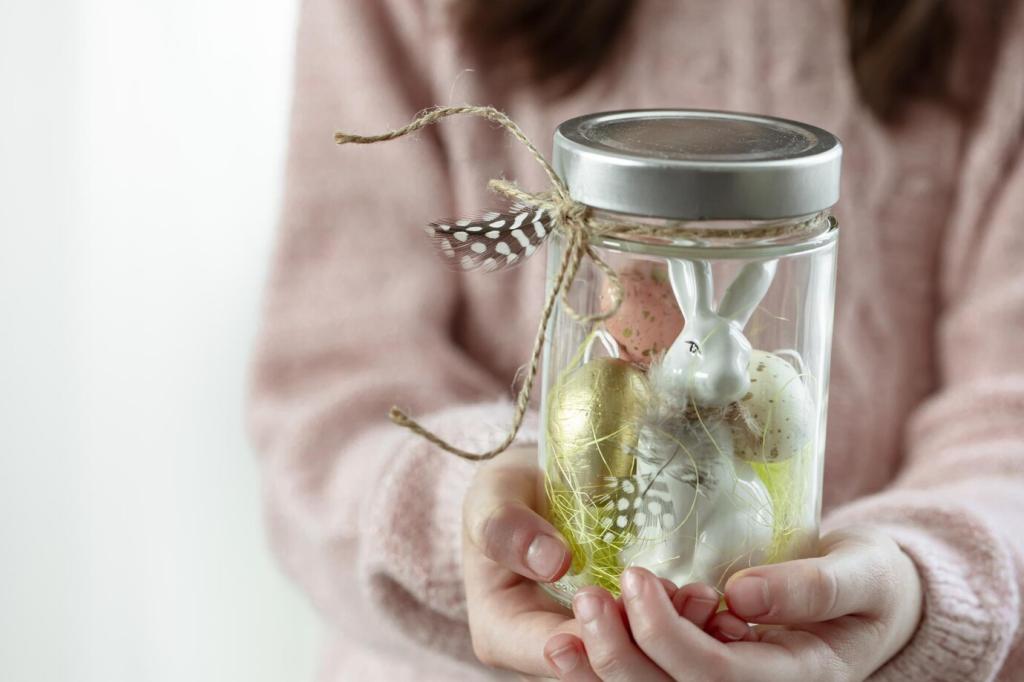
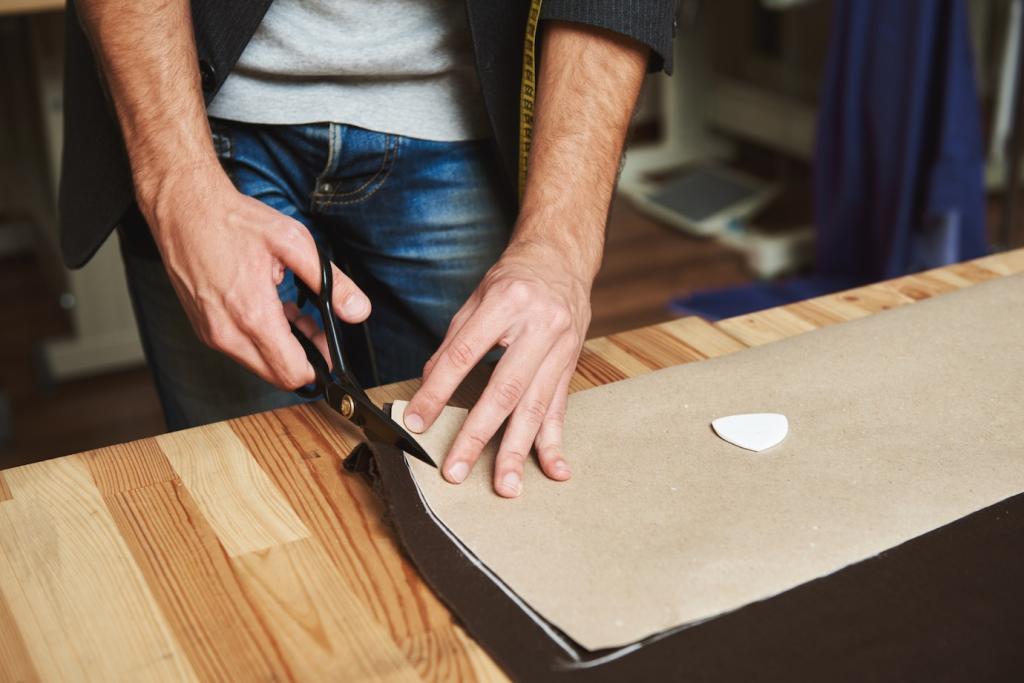
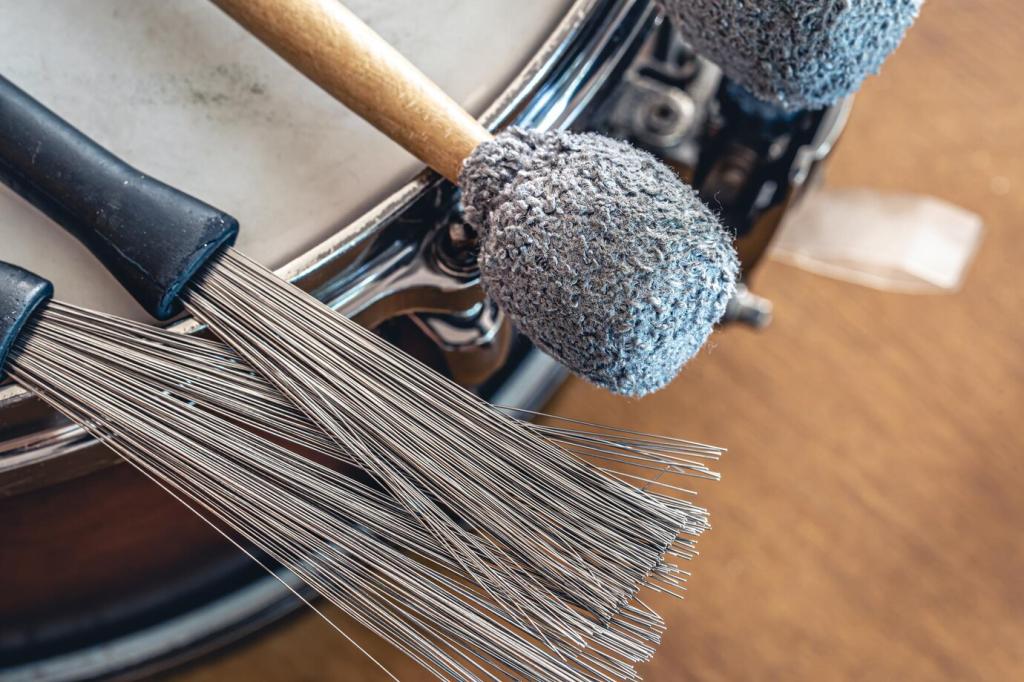
Know Your Fabric: Identification, Testing, and Sensitivity
Wool feels springy and slightly scratchy; cotton is matte and soft; silk glows with a subtle sheen; rayon drapes heavily. Examine the backcloth and selvedge for weave patterns. Share close-ups, and we’ll help decode the clues kindly.
Know Your Fabric: Identification, Testing, and Sensitivity
On an inconspicuous area, dab a white cloth with distilled water, then with a mild solution. If color lifts, pause and rethink. Record your results in the comments; your caution can save another reader’s cherished chair from a costly bleed.
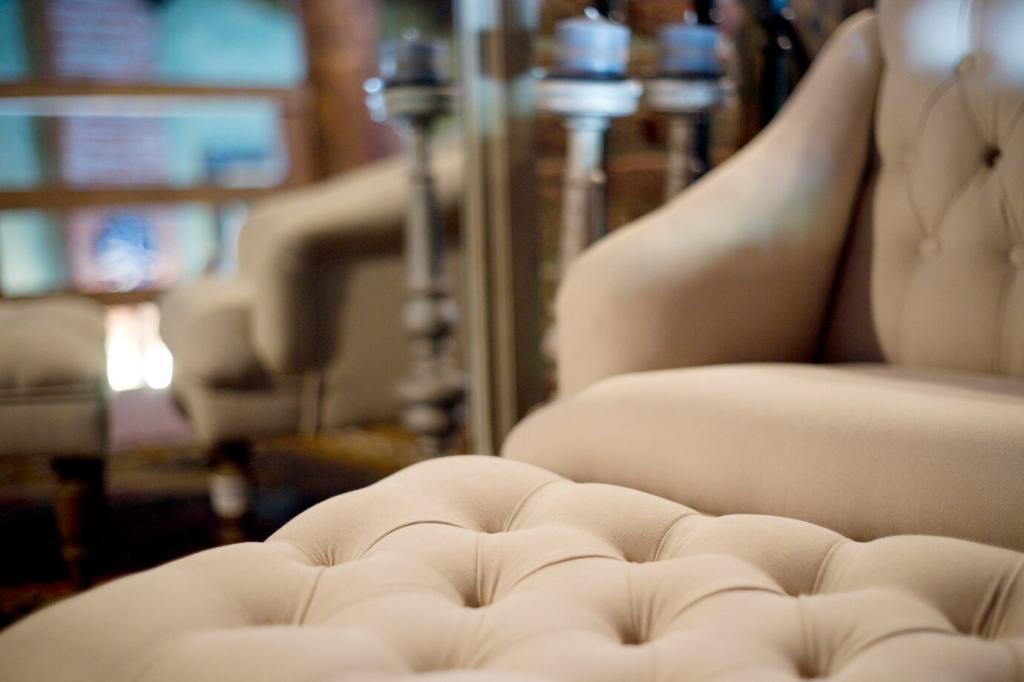

Gentle Cleaning That Respects Age and Patina
Use a soft brush to lift dust, then a vacuum with mesh over the nozzle to avoid pulling threads. Compressed air can clear tufts carefully. Tell us what tools you rely on; your gentle methods may become someone’s new favorite routine.

Photograph the tying pattern—eight-way hand-tied springs require careful replication. Tag each spring with thread colors for position memory. If you’ve developed a color code that saves time, share it to help fellow restorers avoid confusion.
Inside Counts: Springs, Webbing, and Padding Done Right
Jute webbing is traditional and strong; synthetic options resist humidity. Mark the original weave direction to preserve seat feel. Comment with your preferred tensioning tricks; the right stretch prevents sag without stressing fragile frames.
Inside Counts: Springs, Webbing, and Padding Done Right
Stitching, Patching, and When to Re-Cover
For small tears, use ladder stitches with fine, waxed thread and a color-matched needle entry. Back fragile zones with thin muslin or sheer interlining. Show your results—your delicate fixes encourage others to save original fabric with confidence.
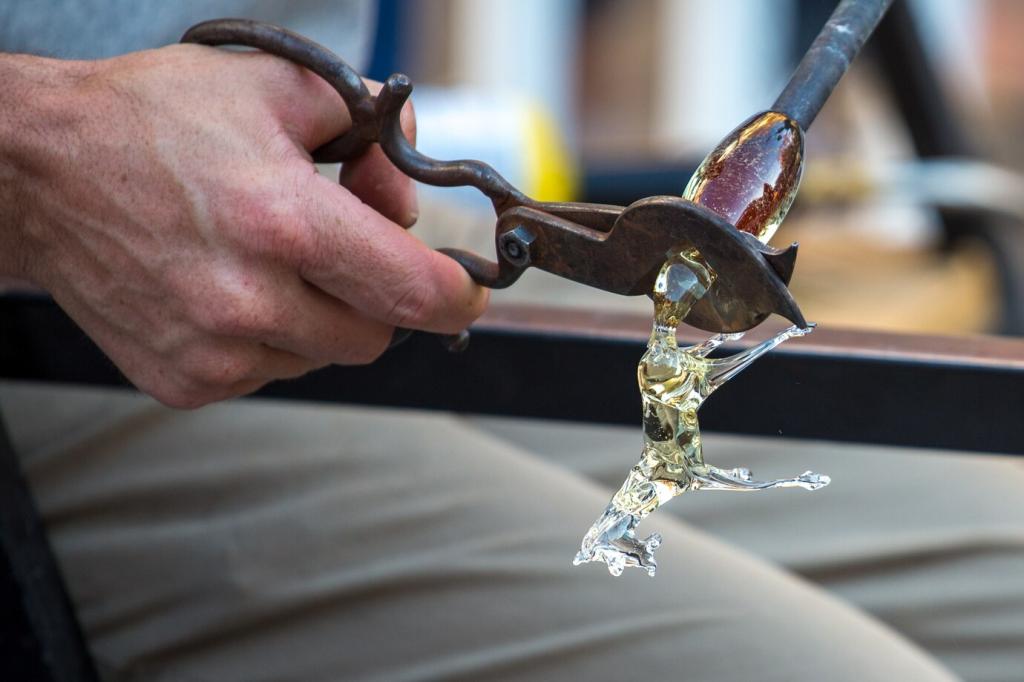
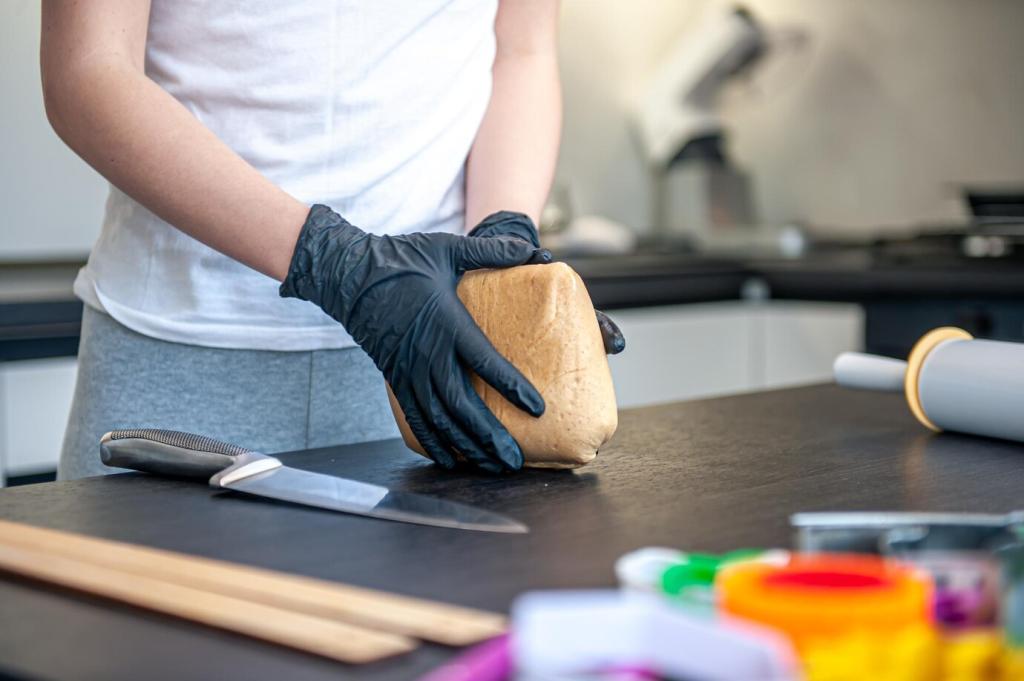
Stitching, Patching, and When to Re-Cover
Handwork offers control on brittle textiles, while machines shine on sturdy replacements. Test on scraps to set tension correctly. Share your favorite needles and threads; those quiet details often determine whether seams melt away or shout.
Matching Tone and Era Sensitively
Study surviving fabric areas hidden from light to gauge original color. Pick complementary hues rather than exact matches if fading is part of the charm. Drop your palette experiments below; collective eyes catch harmony others might miss.
Selecting Trims: Gimp, Braid, and Tacking Lines
Choose trims that echo original profiles. Practice miters at corners and keep lines straight with light chalk guides. Share favorite suppliers or vintage trim finds, helping fellow readers keep period-appropriate details alive and affordable.
Wood Touch-Ups That Respect Patina
Clean and wax before considering stain. Blend scratches with wax sticks or shellac sticks, not heavy sanding. Post your subtle before-and-after shots; small, careful corrections inspire confidence without sacrificing the furniture’s well-earned character.

